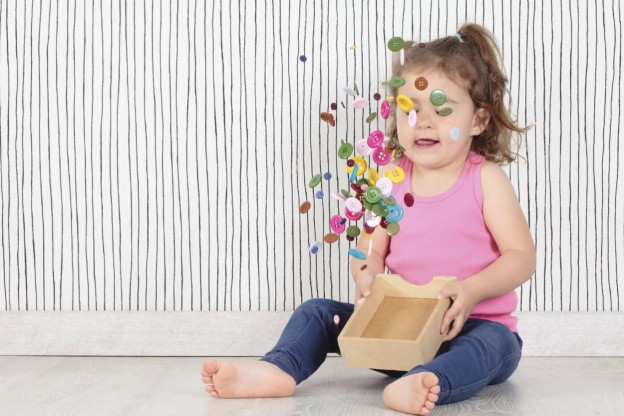
Resources
5 Preschool Activities for Children with Special Needs
During preschool, kids experience structured time together that is both fun and educational. They learn how to bond with their peers, follow directions and stick to a schedule; all skills that prepare them for school. For children with special needs, there are certain pre-school activities that work particularly well to keep them engaged, focused and actively learning. Here are five suggestions that help children with special needs, both in the classroom and at home, get the most out of their learning experiences.1. Sensory Tables
Sensory tables offer a wealth of benefits for children with special needs. Engaging in sensory experiences like running fingers through dried rice or pouring water can distract and calm a child who is feeling over-stimulated or anxious. It promotes self –discovery and encourages a child to explore new textures which in turn supports social and emotional development. Offering textures like dried beans, sand or cotton balls promotes hand-eye coordination and gives the opportunity for a child to pinch, grasp and enhance fine motor skills. As children discover new textures and objects, they tend to have a verbal response. Engaging them in a sensory table is great way to work on language development.2. Outdoor Play Time
Outdoor play is stimulating for children of all abilities, specifically those who need a little extra help developing gross motor skills. When engaging children in outdoor play time, organize specific games like hopscotch, “Simon Says,” tag and “Red Light Green Light.” Games like these promote whole body movement and balance while teaching children to follow directions and focus their attention. Offering plenty of options for free play is important too. When given sidewalk chalk and outdoor equipment like balls and hula hoops, children will engage their fine and gross motor skills without even realizing it.3. Yoga for Kids
Yoga is a practice that balances the mind and body. Though yoga is generally thought to be a practice for adults, children can benefit significantly from it as well. With practice, children who have a hard time sitting still can learn to self-regulate and self-soothe using movement and breath to calm themselves. It helps to build self-awareness of the body and emotional state. Many yoga poses are named after animals, so it’s easy to incorporate story books with the poses and make the practice fun. Children can slither like snakes or roar like fierce lions, all while learning how to focus in a pose. Here is an example:Frog Pose
- Squat on the floor, balancing on your toes with knees spread wide apart. Place hands on the floor between your legs.
- Look up and inhale.
- As you exhale, straighten your legs and lower your head toward your knees.
- Return to squatting position and repeat.
4. Light Boxes
A light box is fun and mesmerizing for all children, but it specifically helps to increase the attention spans of children with special needs. Children can spend hours with a light box, exercising their fine motor skills by creating illuminated patterns and pictures with brightly colored transparent shapes. Even better, this easy homemade version works great in a home or classroom. Be sure to have plenty of brightly colored transparent items on hand like decorating rocks, plastic blocks and even colored salt.Materials
- 1 large opaque storage tub.
- 2 strings of holiday lights
- Large sheets of tracing paper
- Tape


